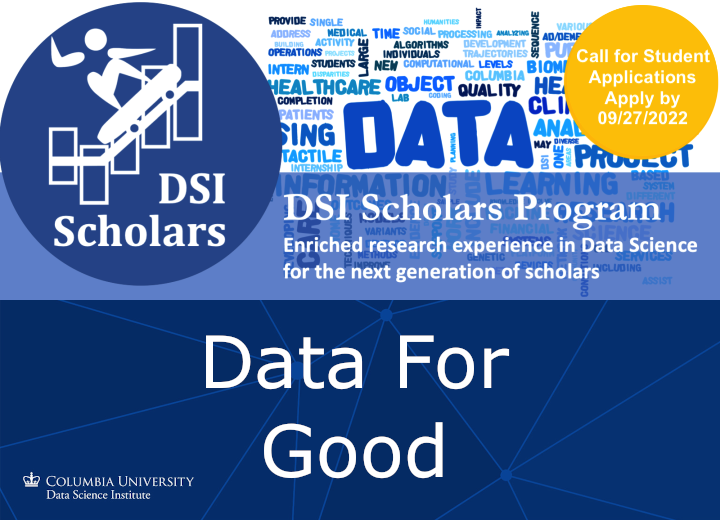This multi-scale, multi-modal study aims to characterize the development of executive functions (EF) over the 1st 1000 days of life across diverse cultures and geographies. The international and multidisciplinary team brings together experts in global child health, EFs neurodevelopment, neuroimaging, nutrition, genomics, and the microbiome to realize several ambitious goals. The goals of the project are: i) rich longitudinal characterization of the structural and functional development of brain networks that underlie EFs. We will use behavior in combination with: A. state-of-the-art and multi-modal high-density EEG and MRI; and B. scalable low-field portable MRI and lower-density EEG to establish utility worldwide and particularly in global regions with limited resources; ii) rich longitudinal characterization of environmental influences on structural and functional development of brain networks that underlie EFs. Complementing the imaging portion of the study, the multimodal multiscale assessments include state-of-the-art deep phenotypic measurements including comprehensive surveys, sleep wearables, psychosocial and sociodemographic contextual factors, and biospecimen data to characterize health and environmental factors. The student(s) will be required to rapidly become familiar with a variety of data types, e.g., questionnaire data, physiological high-dimensional signals, neurobehavioral clinical examinations, neurodevelopmental assessments, etc. This DSI project will focus on the deep phenotyping of sleep in early life by analyzing objective and subjective measures. From a methodological point of view, the student(s) will support the development of: i) pipelines for the standardized and automated preprocessing and cleaning of physiological signals collected during sleep; ii) machine learning techniques (data-drive clustering, prediction) and iii) advanced statistical methodologies (inference, mediation, multidimensional data integration) tailored to the investigation of the role of sleep in relationship to the emergence of EF. The student(s) will join a young and highly dynamic multidisciplinary team of experts, students, and RAs (some who originally joined the lab as DSI-students).
Continue reading


